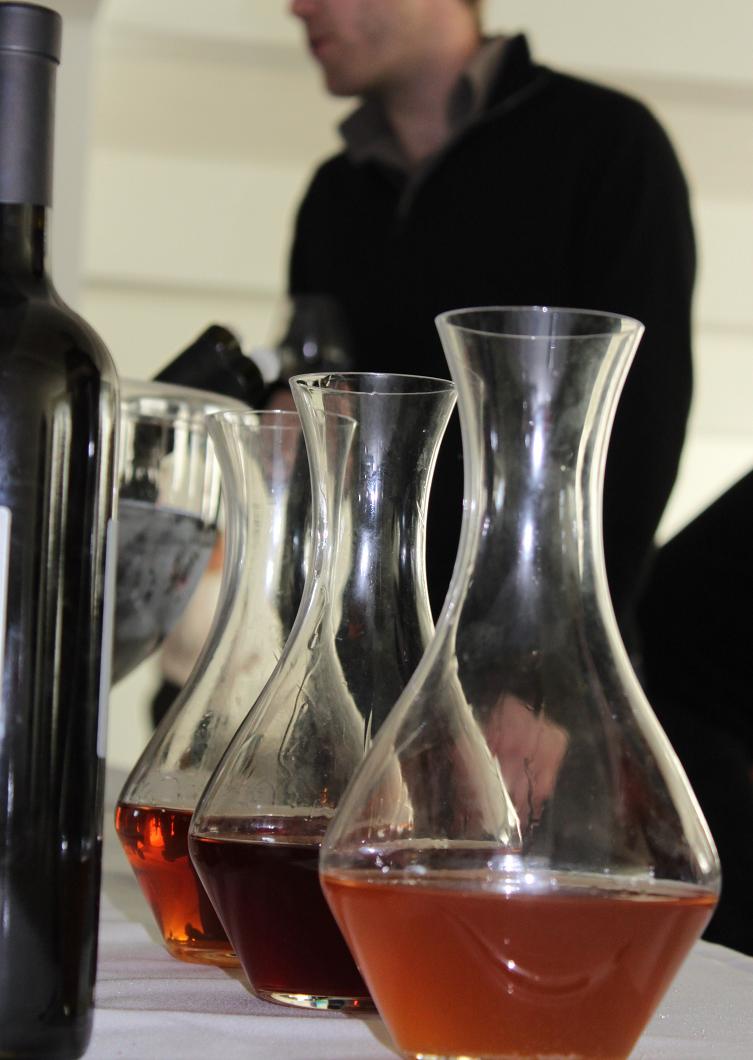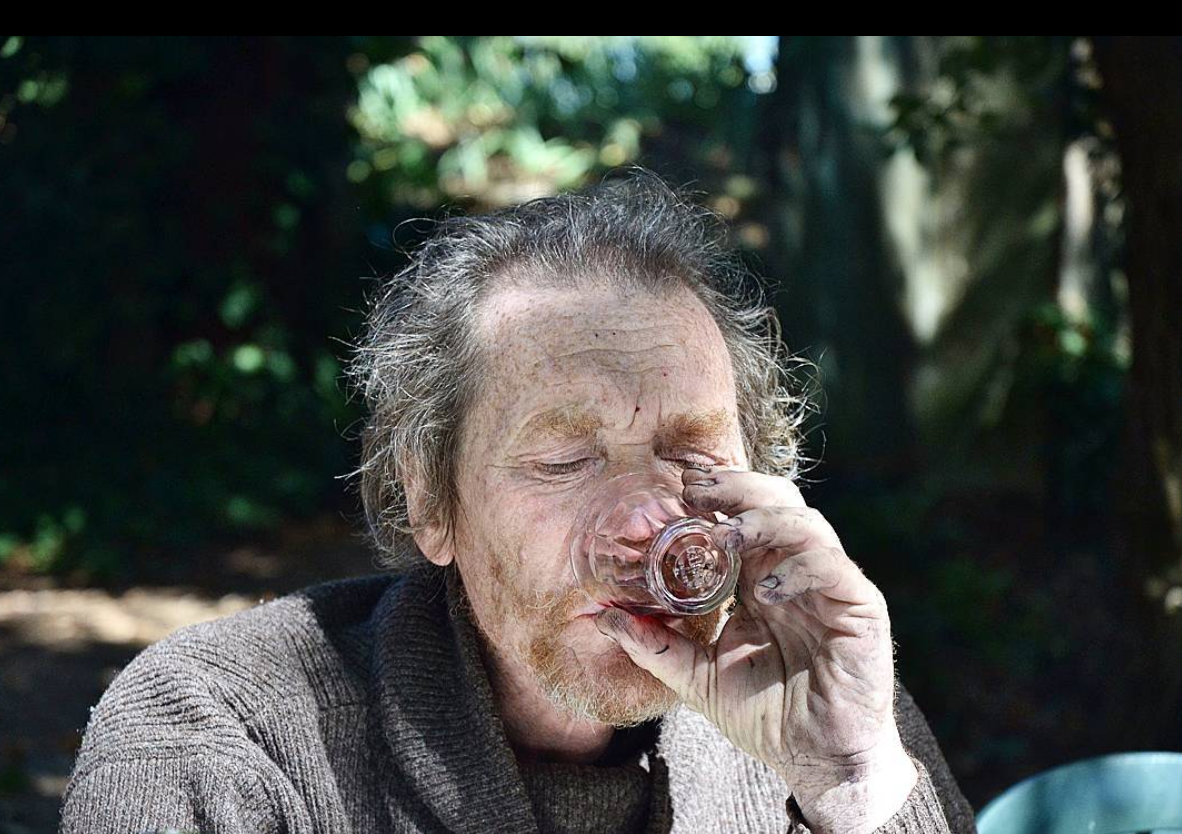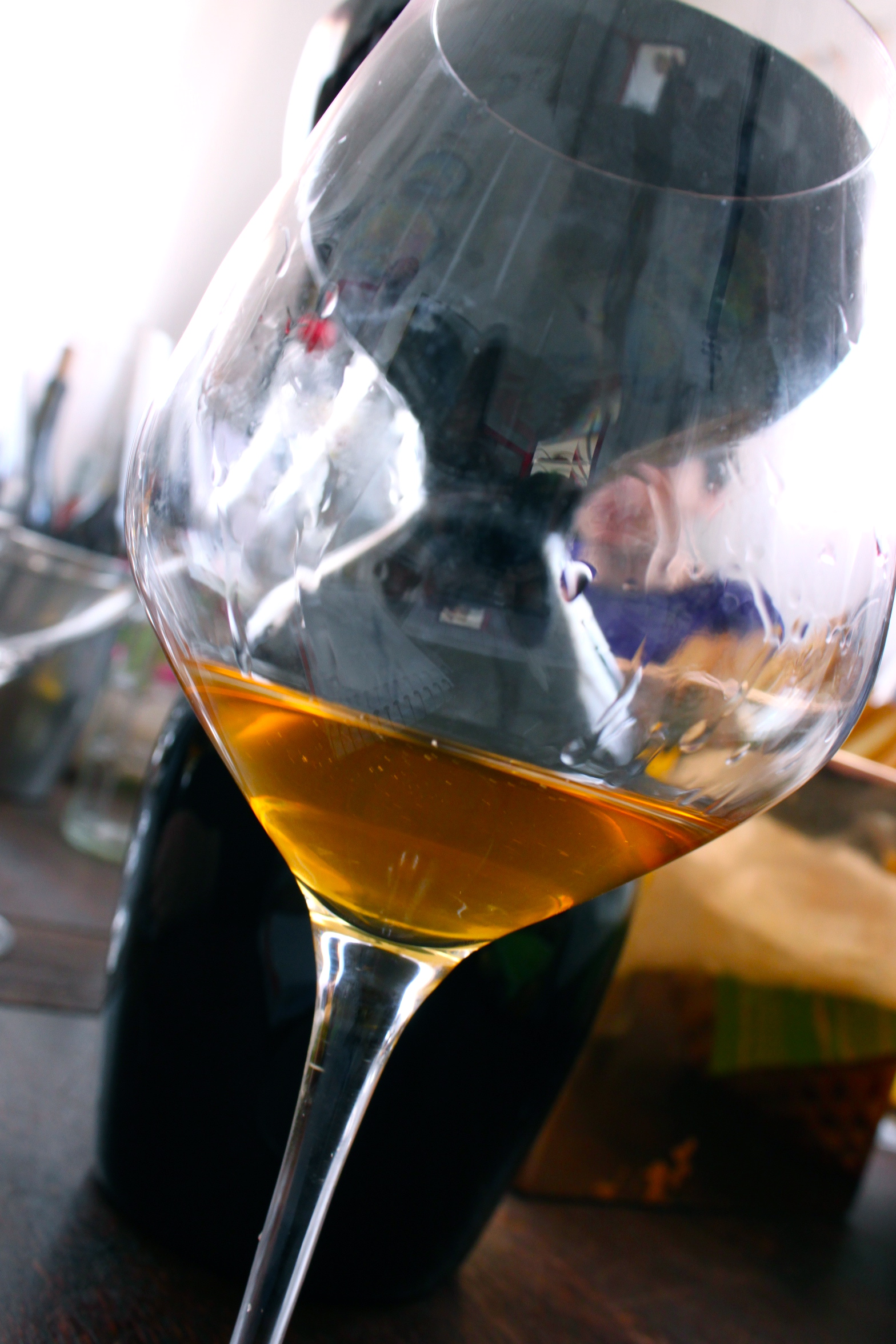Only those who will risk going too far can possibly find out how far one can go —T. S. Eliot

It is scientifically proven that aeration through decanting a wine does not serve to soften the tannins. The great Emile Peynaud was adamant that wine did not benefit from extended exposure to oxygen, which is a curious generalisation, when experience can often prove otherwise.
We are less concerned with what is happening at a molecular chain level, than accounting for the changes that do take place when one pours a wine into a carafe.
Networking with O2
When I let go of what I am, I become what I might be. —Lao Tzu
We speak confidently about faults and flaws and yet these are not cut-and-dried issues. Wines that are truly oxidised (maderised, if white) are dying the moment they hit the glass. They are brown, rusty, musty and lifeless. Or weary, stale, flat and unprofitable, if you feel like quoting Hamlet. Wines where oxygen is a factor in the elevage – either overtly (think of the rancio Banyuls and Maurys of the Roussillon, traditional yellow wines from Jura, Oloroso from Jerez, Madeira, Marsala and classic Vernaccia di Oristano), or more subtly, (think Loire Chenin, Chateau Musar Blanc, Mediterranean whites aged in demi-muids or foudres, and northern Italian whites and Istrian wines with a certain amount of skin contact) – these wines not only last, but improve over the course of time. Whilst I may enjoy uncomplicated fresh wines – they are as snapshots of bright fruit – I also appreciate the profound qualities of oxidative wines which are like paintings with a rich impasto of texture.
Throbbing with health, the flavours were clean and crunchy, the palate full of sap and zip with a trace of graphite minerality bringing the wine to an exhilarating close. This was real grapes-to-bottle stuff sans funk. This was an oxidative, low-sulphur wine.
Yes, oxygen contact may confer fascinating secondary notes and layers of vinous flavour – it can soften and enrich the wine and bring forth aromas of honey, truffle, walnut, cooked pastry, humus, spice and toast, those seductively complex integral liaisons of smell and flavour that persuade one to return over the period of several days and discover something new in every sniff and slurp.
Yesterday, I drank a beautiful natural wine that was fresh, utterly vibrant and charming beyond belief. Throbbing with health, the flavours were clean and crunchy, the palate full of sap and zip with a trace of graphite minerality bringing the wine to an exhilarating close. This was real grapes-to-bottle stuff sans funk. This was an oxidative, low-sulphur wine. Cue reeling and writing and fainting in coils from sceptics. Yet I would venture that no-one would find such a wine remotely objectionable, and once enough people acknowledge that natural low-intervention wines are not only not “off”, but can be deliciously flavoursome, then we will have advanced the tenor of the debate.

Stefano Bellotti from Cascina degli Ulivi once explained how this might be achieved:
“The other way we can do without sulfites is by following the natural way of wine making using “managed oxidation” where oxidation is no longer viewed as a monster to fight but as a friendly component of wine. But this is only possible when using grapes of excellent quality. No yeasts, no enzymes, no vitamins, no salts. A natural fermentation and a careful use of lees. Lees contain many colloids that have an anti-oxidant and protective function but to do so, one needs to vinify in wood and that entails more effort and higher costs.
By using this method I have always produced red wines with no sulphites and a guaranteed stability of decades and lately I have also managed to produce white wines with no sulphites added that are not only stable, but have, if anything, the opposite problem: they need a couple of years in a bottle to reach optimum harmony, a quality that they will maintain for several years thereafter.”
‘Reaching harmony’. Slow and fluidic elevage yields wines that are not fixed fruit-bombs instead unveiling their personality by degrees. Mutability, in my book, is to be celebrated – glasses one to five give you a thoroughly different experience as the wine moves and changes shape. Oxygen aids this process – a wine may not be oxidised if the addition of air enables it to articulate its nuances rather than rudely terminating the fruit. Yes, it serves as a kind of ‘inoxulation’.
Decent Exposure
Meanwhile, numerous misconceptions abound about low-sulphur wines. One is that they can’t age because, deficient in sulphur preservative, they are unarmed to combat the process of natural decay. Whilst it is true that some wines are intended to be drunk in the freshness of youth (and are usually protected during their vinification by a layer of CO2), others have the wherewithal to last, having an in-built defence mechanism against oxidising: one thinks of wines made by Giulio Armani, Dario Princic, Frank Cornelissen, Josko Gravner, Stanko Radikon and Emmanuel Houillon to name but a few. As difficult and ornery as the wines may be when first poured, exposing them to air usually reanimates them. First impressions are not always reliable either. I can adduce numerous examples of wines that most experienced tasters would logically write off as undrinkable, which, after a day – or three days – or five –find their natural balance. The proof of this particular counter-intuitive pudding is in the tasting. The wines are living things that evolve in their own time. It is often said that what doesn’t kill them makes them stronger. In these cases, due to O2, they have constitutions as strong as an ox.

Now to carafing and decanting and whether one should do, or whether they have a material effect on the wine in question.
As per above one has to consider the variables such as how the individual wine is made and what its drinking arc is intended to be. And factor in the temperature of the same wine at the point of service/pouring, the nature and the shape of the glassware and so forth.
Living wines can be subtle, playful, shy or stubborn; to coax the best from them you have to find the place where they are happiest.
As far as I know decanting a wine helps the volatile components to dissolve into the surface of the wine (through evaporation). The tannic structure may change a little (a short exposure to oxygen won’t necessarily soften the tannins in the short term), but the overall effect of aeration seems to bring the wine into greater aromatic focus.
As I mentioned, we work with growers who use oxygen a lot in the winemaking. These oxidatively-made wines flourish in the presence of air, they become more expressive and seemingly more stable. They can even be open for five days without preservation and seem to become finer and fresher. I haven’t found a wine scientist who can account for this phenomenon, but I have tasted hundreds of examples (particularly natural and skin contact wines) where this has been the case. Wines that spend a long time in barrel on the lees and are bottled without filtration also seem to benefit from aeration.
These are wines that need to be carafed, served in a big glass, and allow to chambre. They are often moderate to low in acidity, and have a phenolic, textural profile like certain reds. I always put these wines in a decanter, allow them to warm up and observe the changes over a period of a couple of hours. Sometimes, they tighten, retreat into their shell, other times they become more expansive. This leads one to believe that there is no single answer with decanting; the variables in play on each occasion determine the course of action.
I am less concerned with carafing reds except to get rid of reduction when that is a factor.
Oxidatively-made wines flourish in the presence of air, they become more expressive and seemingly more stable. They can even be open for five days without preservation and seem to become finer and fresher.
I associate decanting with older wines to remove them off the sediment. I am never sure with these potentially more fragile wines whether exposing them to air is a great idea; whether they will maderise or oxidise more quickly if exposed to air.
There are further factors to be considered. Sometimes we carafe because of the odours that build up in the ullage between the cork and the wine (sulphide-y notes). There is also the aesthetic element of seeing the wine in the round, so to speak, the appeal of looking at a wholesome shiny wine in a decanter. It seems denser, somehow, more vinous, for the simple fact that you can see more of it. I might even flip the question over – why wouldn’t you decant any wine that has real substance?
I happen to believe that every wine worth its salt has its own best temperature and best method of serving on the day. The vast majority of the wines I am drinking at the moment improve immeasurably in the glass (as they would do even more quickly in a decanter) as if (ie not scientifically speaking) exposure to air had brought them into aromatic focus. Living wines can be subtle, playful, shy or stubborn; to coax the best from them you have to find the place where they are happiest; Not that science text books would ever allow for this kind of anthropomorphic representation of the process of decanting.
*
Interested in finding out more about some of the natural wines mentioned as well as many more oxidative beauties?! Contact us directly:
shop@lescaves.co.uk | sales@lescaves.co.uk | 01483 538820

